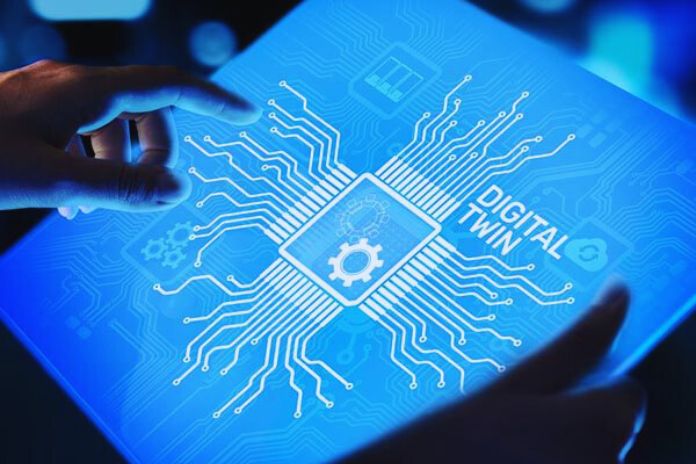The use of digital twins represents one of the emerging trends in retail in 2021. Here’s how they can be used, and what are the potential and limitations of a tool destined to change the way we shop? The disruptions caused by COVID-19 are having increasingly concrete effects on the retail sector, as revealed by a recent American study, which states that with the pandemic, four out of five businesses have had to review the way they manage their supply chain.
What Are Digital Twins?
Digital twins are a concept born in the world of engineering and, from there, extended to almost every area of reality. It is a highly detailed digital model that represents a true virtual replica powered by information updated in real-time. It can be applied to mechanical components, objects of all kinds, places such as entire cities, as well as processes or real people.
The affirmation of digital twins goes hand in hand with the explosion of the IoT, a fundamental support for obtaining the immense amount of information necessary to simulate events and project behaviors and arrive at a design in which every aspect is planned and predicted. If the creation of digital twins is not something new, the application in the world of retail is still in its early stages. It represents an avant-garde for the sector, which has yet to discover and appreciate its potential.
Digital Twins: The Application In Retail
The strengthening and greater accessibility of sensors capable of detecting an enormous amount of data and the progressive digitalization of physical reality are laying the foundations for the diffusion of digital twins in the retail trade, where they can find multiple applications. Attention to the consumer or prospect is fundamental in the retail sector, and the implementation of such a powerful tool can allow you to test new scenarios in real-time without intervening in practical reality.
To give a concrete example, a company specializing in 3D modeling, creates with Store Electronic Systems a three-dimensional digital copy of a store brought to life by a constant feed of sensors that report the prices of the labels on the products or the presence of promotions. To this data, you can then add any points of interest, crowding, and conversion rates, as well as external information such as the flow of customers entering or exiting the venue, the availability of goods in the warehouse, and perhaps also the density of traffic in the surrounding area and the weather conditions based on time. I06 digital twins are not well suited to small businesses, but they see their ideal application in large enterprises.
The Potential Effects
All of this allows you to refine forecasts on user behavior, incoming and outgoing flows, adjust prices, model discount policies, improve customer touchpoints, and provide faster responses to customer requests. The ultimate goal may be the identification of different consumption patterns on the basis of which to calibrate increasingly refined marketing segmentation processes. The frontier of something similar connects with the digital twin of the consumer and prefigures a sales model personalized for each customer and almost completely automated.
The impact of these digital replicas can also find space in the internal processes of activity, both in the layout of the exhibition spaces and in terms of energy management (lighting, heating, and cooling of the rooms) or the safety of the premises, the adoption of innovative forms of checkout to avoid bottlenecks and crowds (very unwanted in this period), as well as staff shifts and warehouse stock. Real-time updates on sales, checkout, and inventory trends give retailers the ability to reduce stockouts. The presence of real-time updated information combined with a solid historical data series can be exploited for more accurate supplies, targeted replacements, minimizing waste of space and goods, and optimizing cash flows.
The great advantage of digital twins, therefore, is that they allow you to imagine and try different scenarios without taking all the risks that a live test would entail. The introduction of an innovative solution such as automated checkout could be simulated in detail, observing its integration with existing processes and structures. The possible change could then be reviewed, tested, and refined before being put into practice in the store.
The Necessary Conditions
On the one hand, the ability of digital twins to adapt dynamically by reflecting changes in their real counterparts allows us to realize situations that do not emerge only by observing the data. On the other hand, however, it must be noted that a digital twin is not a magic wand, and its adoption, in the face of countless potential benefits, requires the presence of some conditions, without which it is not advisable.
First of all, the presence of a constant source of digital data on different aspects of the business and very substantial volumes of historical information on the activity is essential for “feeding” artificial intelligence and machine learning processes. The possibility of applying complex decision-making reasoning that can include different outcomes and the presence of scalable and repeatable processes are then indicated as non-mandatory but useful conditions.
Also Read: Virtual Reality: Definition Of VR In The Marketing Glossary

